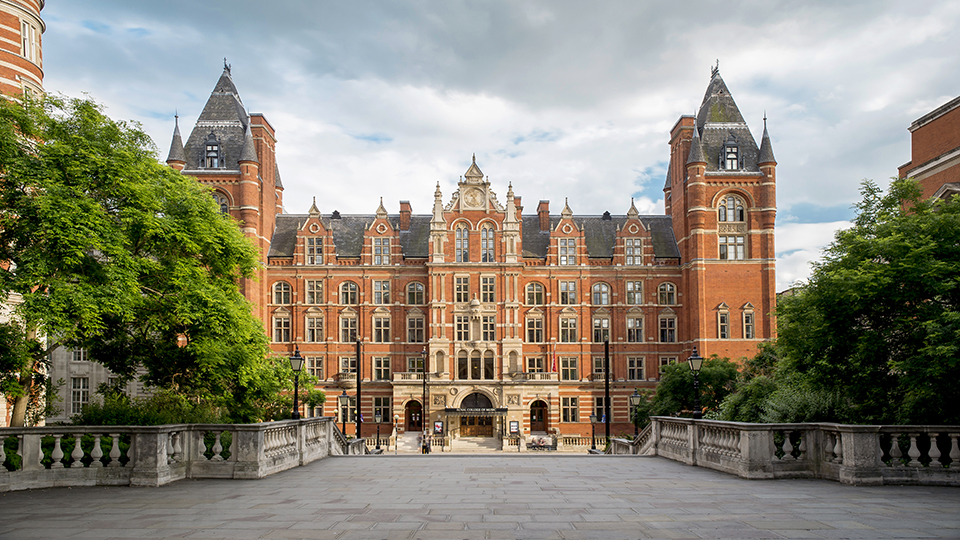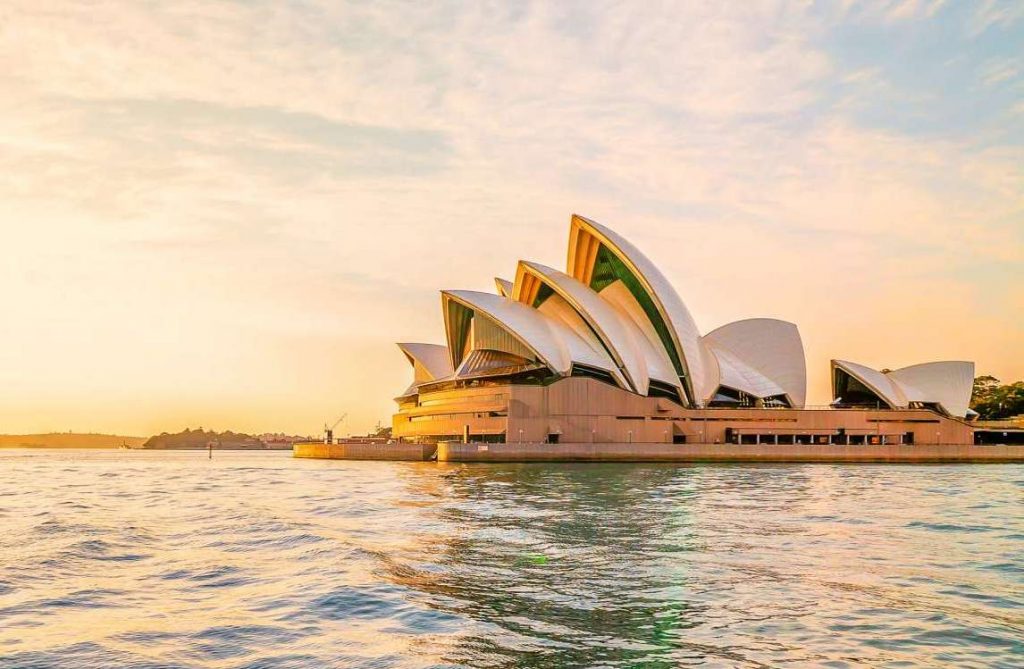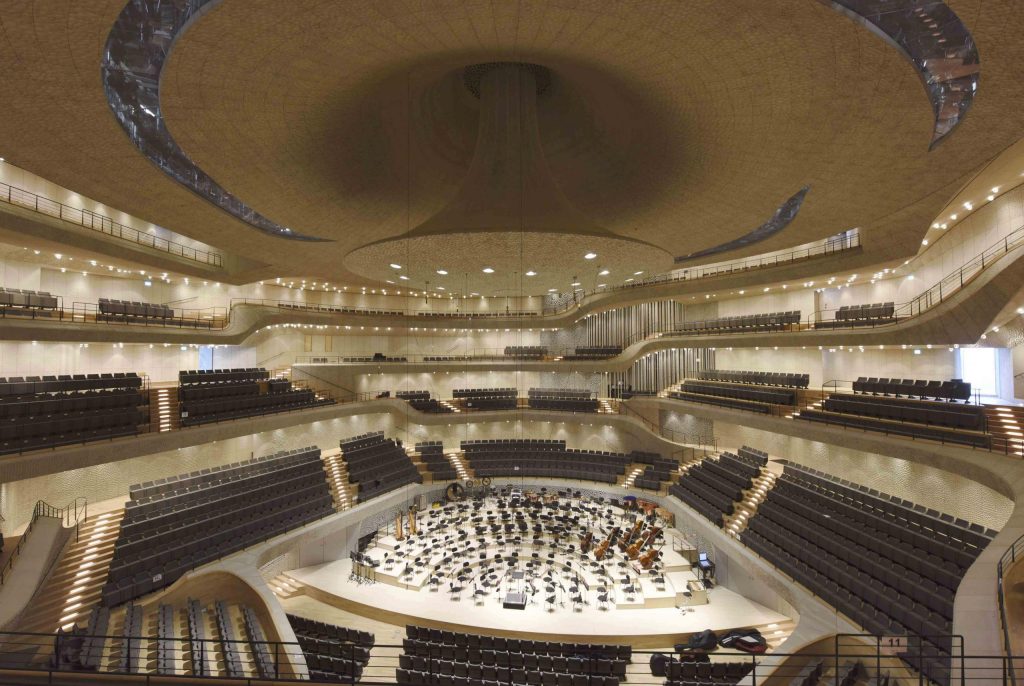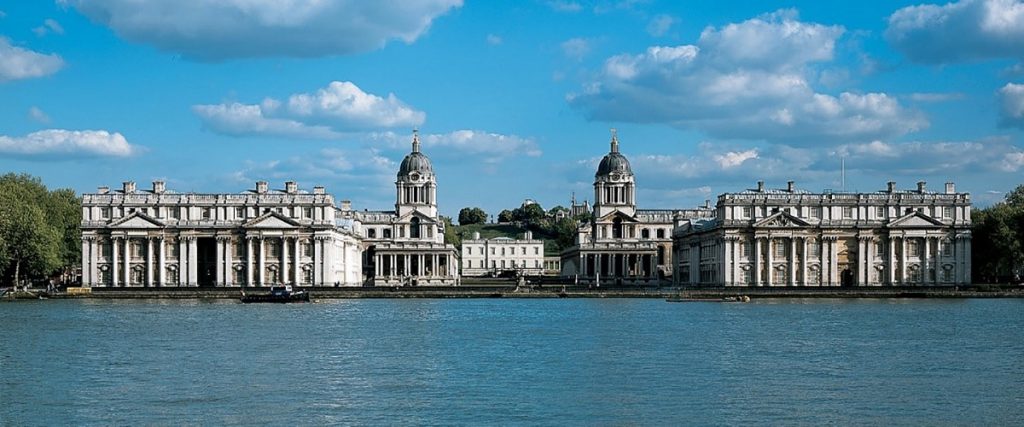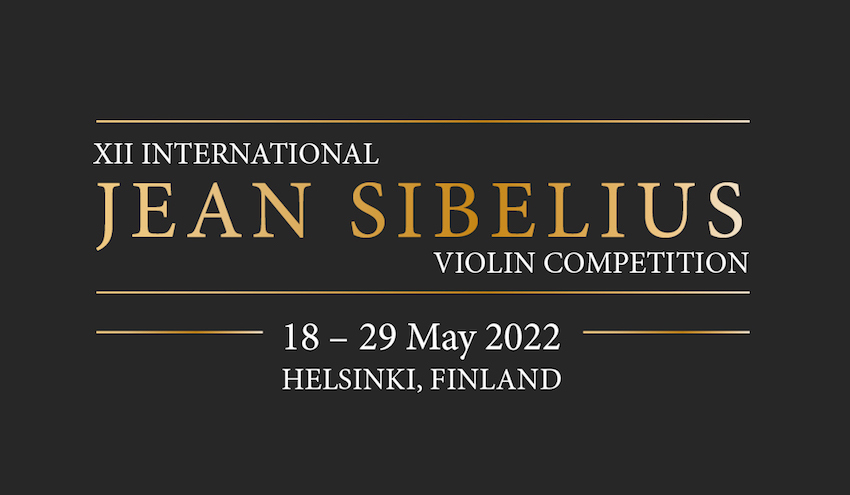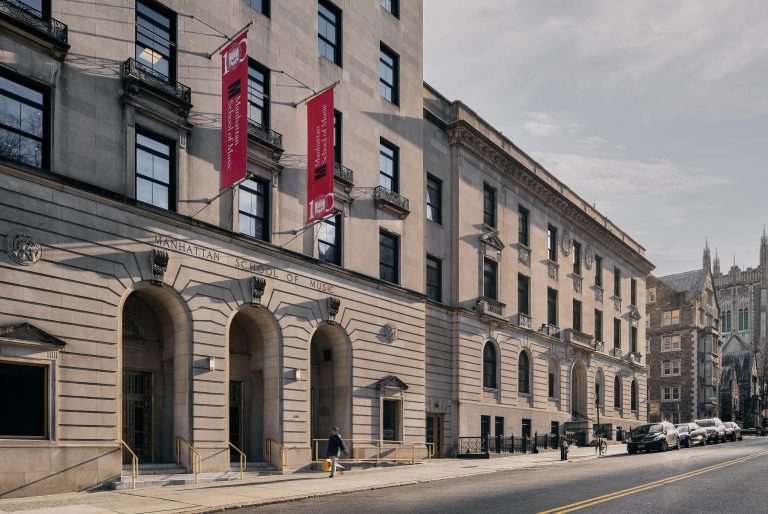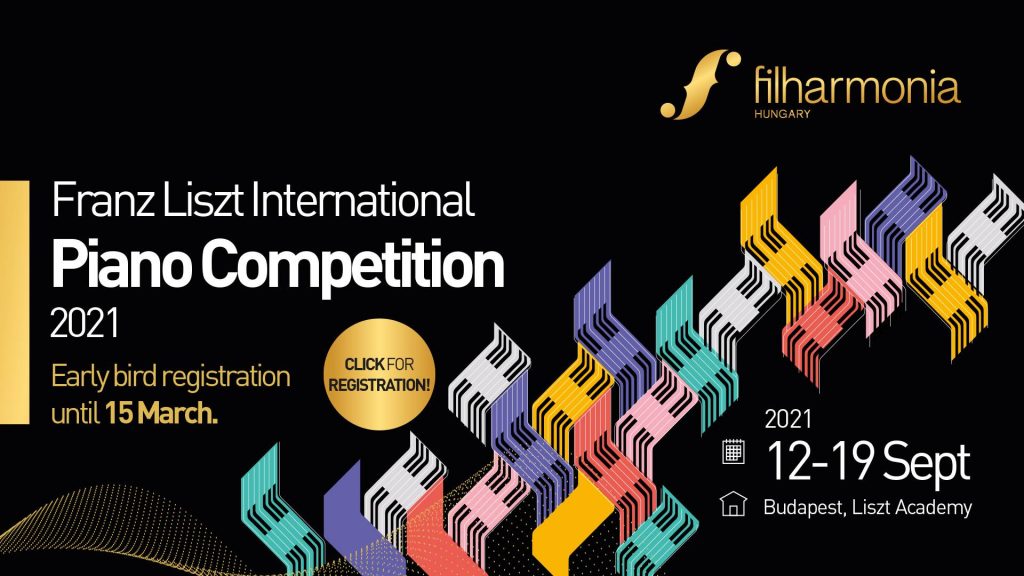Royal College of Music
Top institution for Performing Arts in the UK
March 2023
Located in the heart of London’s South Kensington the Royal College of Music is a world-leading music conservatoire with a prestigious history, contemporary outlook and inspiring location. It was founded in 1883 under the auspices of the Prince of Wales (later Edward VII) and the directorship of Sir George Grove to prepare gifted young musicians for entry into the highest echelons of the music profession. The RCM has trained some of the most important figures in British and international music life, including composers such as Holst, Vaughan Williams, Turnage and Britten; conductors such as Leopold Stokowski, Sir Colin Davis and Sir Roger Norrington; singers such as Dame Joan Sutherland, Sir Thomas Allen and Alfie Boe; instrumentalists such as Sir James Galway, John Lill, Gervase de Peyer, and Natalie Clein.
The college was founded in 1883 to replace the short-lived and unsuccessful National Training School for Music (NTSM). Since its creation the college has been linked with the British royal family. Its patron is currently Queen Elizabeth II. For 40 years Queen Elizabeth the Queen Mother was president; in 1993 the Prince of Wales became president.
The college is situated in South Kensington, the home of science, arts and inspiration, directly opposite the Royal Albert Hall on Prince Consort Road, next to Imperial College and among the museums and cultural centres of Albertopolis.
With 840 students from more than 55 countries studying at undergraduate, masters or doctoral level, the RCM is a community of talented and open-minded musicians. RCM professors are musicians with worldwide reputations, accustomed to working with the most talented students of each generation to unlock their artistic potential.
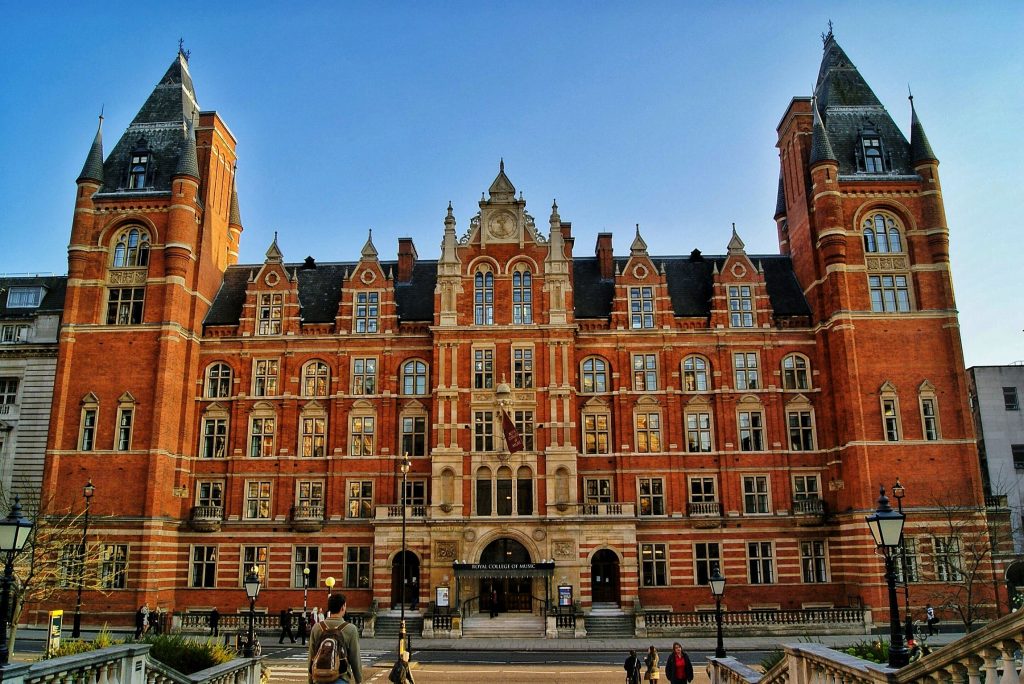
RCM professors are leaders in their fields and further enhancing the inspiring offer to students, each year the RCM is proud to welcome renowned musicians such as of Lang Lang, Dame Kiri Te Kanawa and Bernard Haitink and many others. The RCM’s many performing groups –including five orchestras, two jazz bands and the RCM International Opera School – are celebrated for the vitality and excellence of their performances and are regularly invited to perform at significant venues both in the UK and overseas.
The Royal College of Music is considered one of the world’s great conservatoires, training gifted musicians from all over the world for international careers as performers, conductors and composers. In fact, the college has been named the top institution for Performing Arts in the United Kingdom in the 2019 QS World University Rankings. RCM was also ranked the top UK conservatoire for music in The Times and Sunday Times Good University Guide 2019 and top music conservatoire for overall student satisfaction in the latest National Student Satisfaction (NSS) Survey according to the Times Higher Education.

